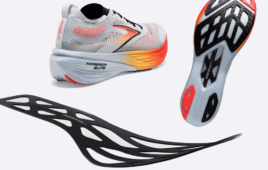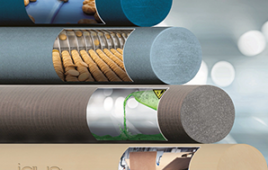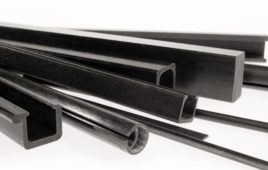Many applications use Aluminum silicon carbide (ALSiC) metal-matrix composite lids, including system-inpackage (SiP) IC. The material‚’s high strength and stiffness and the close dimensional control of cavity depth, as well as its cavity flatness, makes it possible to apply greater pressure during assembly for a thinner bond-line length. Higher strength and stiffness avoids flexing under higher loads, and avoids putting stress on the fragile chip or chip interconnections. What‚’s more, the fabrication process allows for more complex geometrical features than a stamped copper (Cu) lid, including pedestals, chip cavities of varying depth, pin fins, and walls.

AlSiC also benefits large assemblies because it is lightweight, with a material density 1/3 that of Cu. This decreases the weight per solder ball and improves assembly yield and in-service vibration tolerance. It also offers less restrictive orientation requirements for larger lid structures.
In addition, AlSiC improves thermal management and, unlike copper, provides device-compatible thermal expansion and high thermal conductivity. Thermal Coefficient of Expansion (TCE) compatibility and effective thermal dissipation improve reliability in SiP approaches by reducing assembly bowing and flexing that can lead to delamination, solder ball, or die failure.
CPS Technologies Corporation
www.alsic.com
.:Design World:.
Filed Under: Semiconductor manufacture, Connectors (electrical) • crimp technologies, Materials • advanced





Tell Us What You Think!